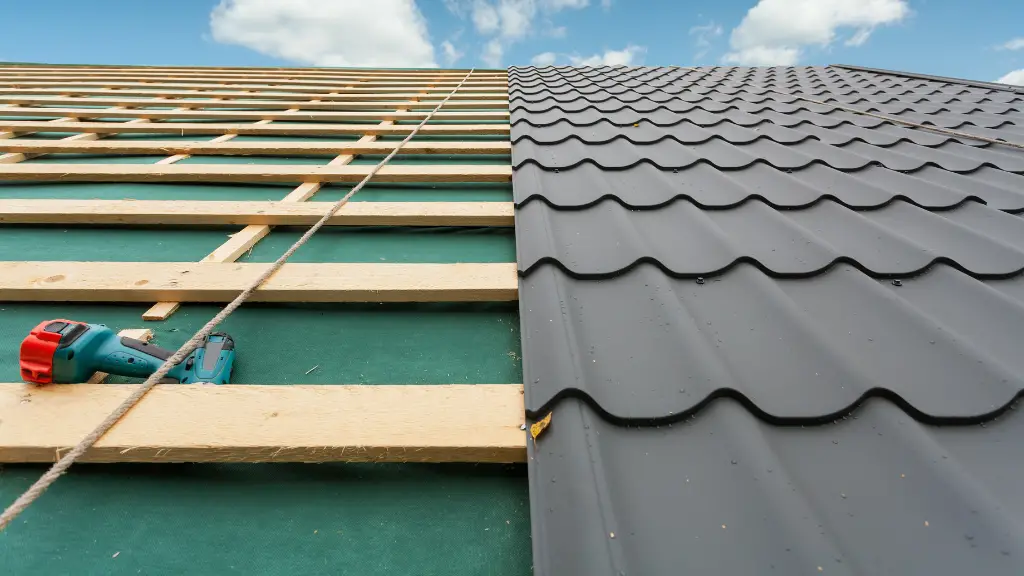Ensuring Maximum Roofing Safety: Essential Practices and Tips

Maintaining roofing safety is critical for the longevity of the roof and the well-being of those performing the work. Proper safety measures can prevent accidents and create a secure environment for all involved. Below, we’ll explore best practices, essential equipment, and frequently asked questions regarding roofing safety.
Best Practices for Roofing Safety
1. Pre-Inspection and Planning
Before beginning any roofing project, a thorough inspection and planning session are necessary:
- Assessing the Roof: Examine the roof for any structural damages or weak areas.
- Weather Check: Ensure that the weather conditions are favorable.
- Planning: Develop a detailed plan, including safety protocols and emergency procedures.
2. Using the Right Safety Gear
Proper safety gear is essential for protecting workers from potential hazards:
- Harnesses: Full-body harnesses to prevent falls.
- Safety Helmets: To protect against falling debris.
- Non-Slip Footwear: Shoes with good grip to prevent slips and falls.
3. Secure the Work Area
Securing the area ensures that workers and bystanders remain safe:
- Guardrails: Install guardrails around the roof perimeter where possible.
- Warning Signs: Place signs to indicate potential hazards.
- Debris Management: Regularly clear debris to avoid tripping hazards.
4. Ladder Safety
Ladders are a critical component in roofing work, and using them safely is paramount:
- Inspect Ladders: Check for defects before use.
- Angle and Stability: Place ladders at the correct angle and on stable ground.
- Three-Point Contact: Ensure three points of contact (two feet and one hand) at all times while climbing.
FAQs about Roofing Safety
Q1: What are the common hazards in roofing work?
A1: Common hazards include falls, exposure to extreme weather, electrical risks, and injuries from tools and equipment.
Q2: How often should safety equipment be inspected?
A2: Safety equipment should be inspected before each use and regularly maintained according to the manufacturer’s guidelines.
Q3: What should be included in an emergency plan?
A3: An emergency plan should include contact information for emergency services, location of first aid kits, and procedures for different types of emergencies such as falls or severe weather.
Q4: Are there any regulations for roofing safety?
A4: Yes, there are specific regulations such as OSHA (Occupational Safety and Health Administration) standards that outline the requirements for safety in the workplace, including roofing.
Read more about Roof inspection here.
Understanding and implementing these roofing safety practices can significantly reduce accidents and create a safer working environment. Always prioritize safety and stay informed of the best methods to protect yourself and your team.





Leave a Reply